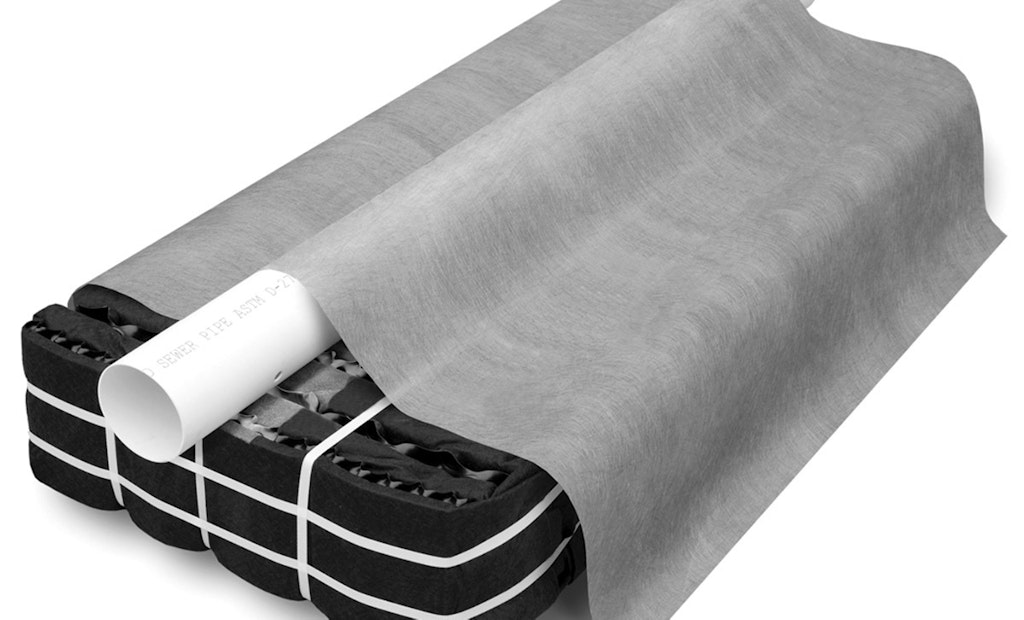Interested in Systems/ATUs?
Get Systems/ATUs articles, news and videos right in your inbox! Sign up now.
Systems/ATUs + Get AlertsEljen designed the GSF, or Geotextile Sand Filter, for sites specifically in need of high performance in constricted areas. Each advanced wastewater treatment module is made up of a geotextile fabric and a plastic core material that provide vertical surface area and oxygen transfer to provide an alternative for onsite septic leachfield systems.
“The benefit of a GSF system is that it provides secondary treatment, preserves the long-term acceptance rates of the soil and provides more surface area in a smaller footprint,” says Eric Daniels, senior technical lead for Eljen. “These modules control and develop biomat and biological communities within the geotextile fabric, keeping it off the soil, and they start working on day one so there is no start up waiting period.”
Each unit is built with open-air channels that promote aerobic bacterial growth by providing oxygen transfer and ample surface area to house the growing population. During dosing events, effluent is forced through the vertical primary treatment zone, which houses the geotextile fabric and established biomat. Following the primary treatment, a specified sand layer provides a secondary treatment zone and additional filtration preventing saturated conditions in native soil. It also protects the soil from compaction and helps maintain cracks and crevices.
GSF systems come in two main sizes, with the A42 model measuring 4 feet long by 2 feet wide and the B43 model at 4 feet long by 3 feet wide, with both models measuring 7 inches tall. “They can be installed in beds, mounds or trenches depending on the site and local code,” Daniels says. “They’ve been installed for residential and commercial systems, breweries, RV parks, campgrounds and stores.”
Installers appreciate the simplicity of using the GSF system, Daniels says. “It’s pretty easy to install,” Daniels says. “The product is lightweight and can easily fit in the bed of a pickup truck and trailer.” Installation involves placing the modules along their 4-foot lengths on a base of stabilized specified sand. A 4-inch perforated pipe is then centered on top of the modules and secured with metal clamps. More specified sand is placed along both sides on the unit at the beginning and end of each row once the fabric is in place.
“It’s not a new product and has been actively installed across the country since 1982, so that gives some reassurance as to the longevity and whether or not the product works,” Daniels says. 800-444-1359; www.eljen.com






